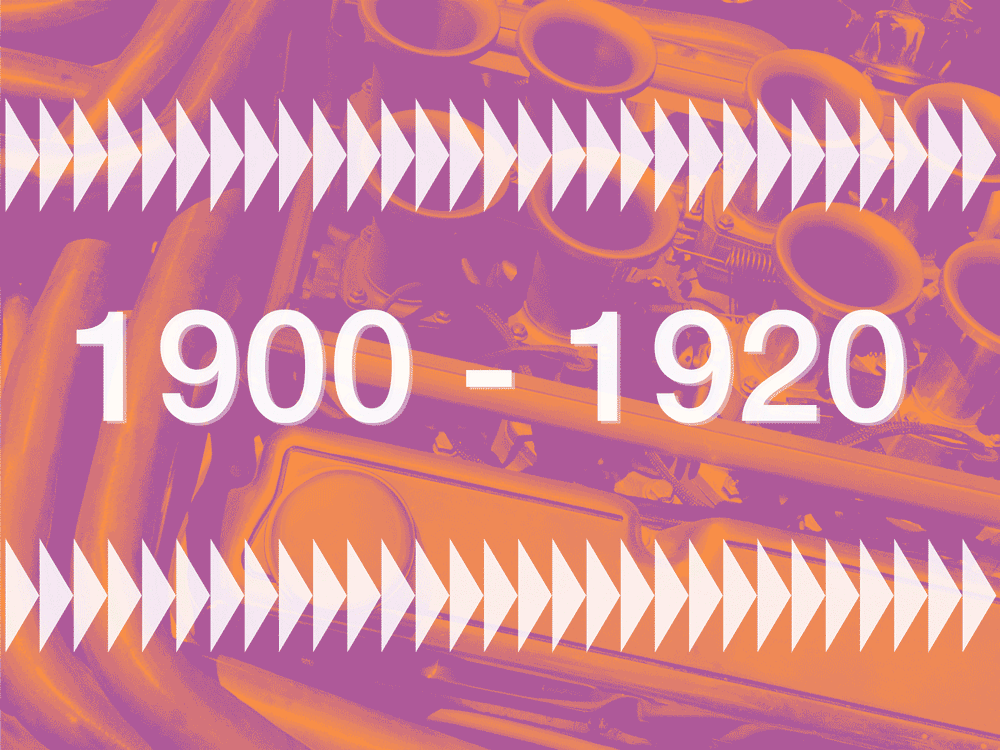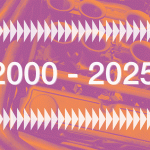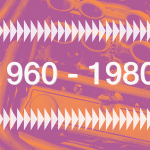This story first appeared in the US in the September/October 2024 issue of Hagerty Drivers Club magazine. It explores the developmental timeline of horsepower in the automotive industry. We kicked things off with the engine’s early development, from 1776–1900, here. Time marches on, and so does our coverage, with today’s look at the early part of the 20th century. Stay tuned as we continue our daily installments highlighting all the major evolutionary milestones in horsepower. Enjoy! –Ed.
How much horsepower does it make? The question is, in many practical respects, pointless. Pretty much every vehicle on the road has enough power to do what it needs to do, and then some. Yet for enthusiasts, it’s critical, part of a secret handshake that tells us not only what someone’s driving, but whether they know and appreciate what they’re driving.

The horsepower your car produces is the product of some 250 years of continuous improvement, serendipitous discoveries, and daring feats – most of it revolving around a type of air pump we call the internal combustion engine.
As we write this, the future of the engine, the beating heart of the automobile, is somewhat in doubt. There’s no question, though, that our horsepower quest will continue. We will keep tweaking, and the numbers will keep growing. But it’s worth pausing, if only for a moment, to reflect on just how far we’ve come.
***

1900: Ferdinand Porsche and Jacob Lohner build a hybrid-electric vehicle in Austria. It proves early on that hybrids needn’t be slow, producing 80 horsepower. It’s also expensive, costing more than twice as much as a contemporary Mercedes.
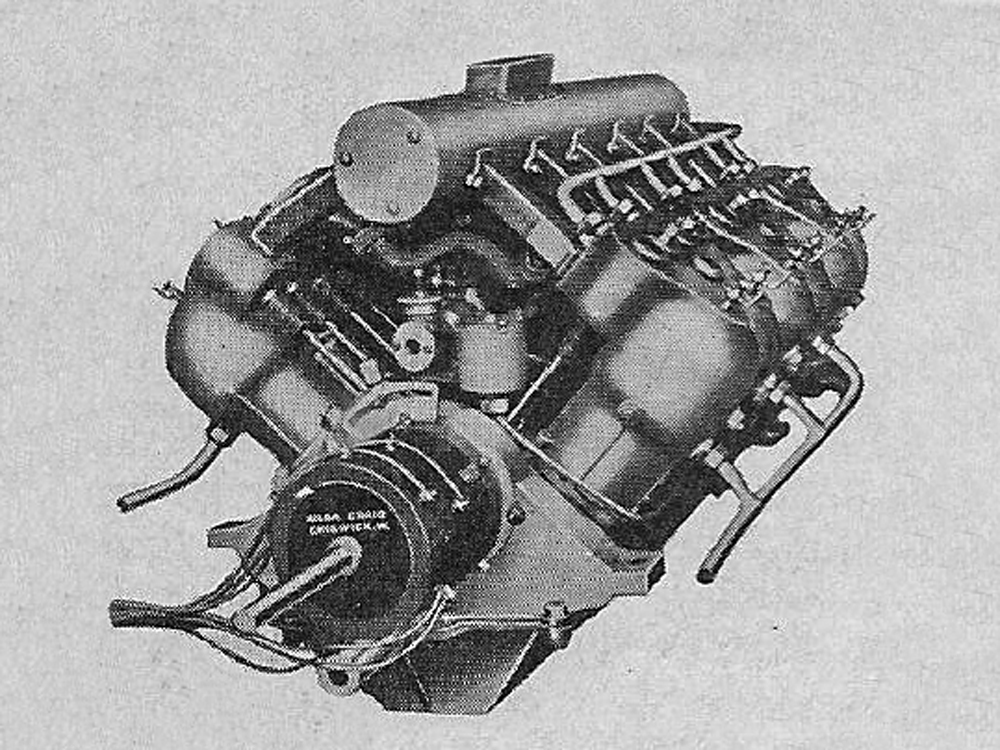
1904: Putney Motor Works in England creates a V12 for marine use. It’s massive, at 18.4 litres, and hammers through the waves with some 150 horsepower. On the road, Buick’s Model B sedan is the first mass-produced car with overhead valves. Its 159-cubic-inch (2.6-litre) flat-two engine produces 21 horsepower.

1905: Alfred Büchi of Switzerland patents the turbocharger, a device with two pinwheels mounted on a common shaft. Exhaust gas spins one wheel while the other pumps air to the intake manifold.
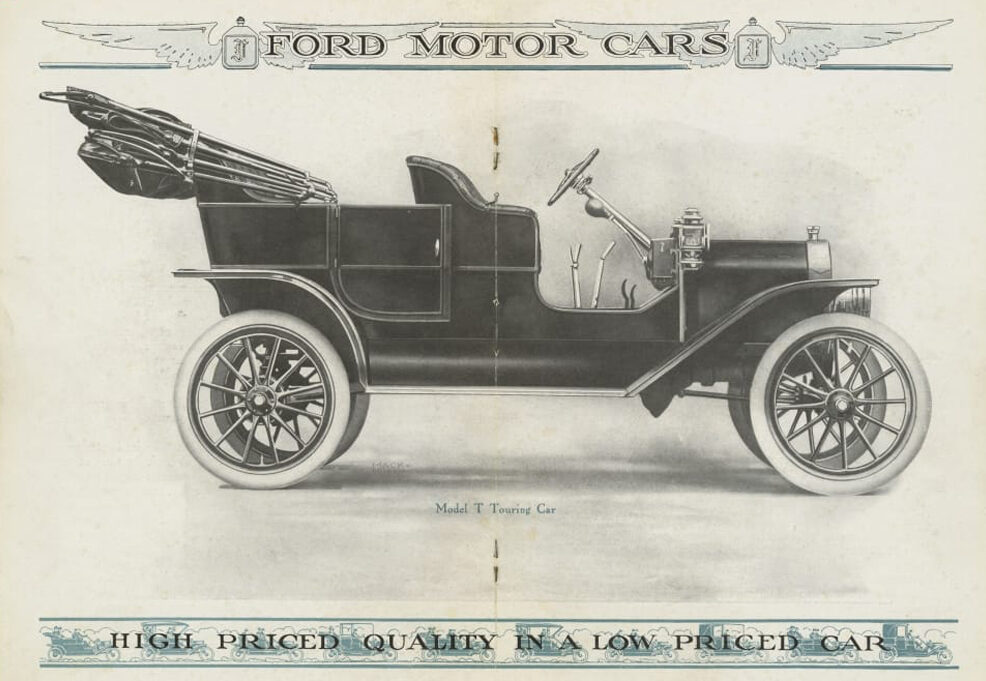
1908: Henry Ford’s Model T, nicknamed the “Tin Lizzie,” debuts. With a 20bhp four-cylinder, it’s no powerhouse, even by the standards of its day. But it is mass-produced, has interchangeable parts, and is affordable. It thus becomes the default test bed for millions of early tuners.

1911: The International System of Units defines the electrical equivalent of 1 horsepower as 746 watts (see the formula above).

1912: Peugeot wins the French Grand Prix with one of the first dual-overhead-cam (DOHC) engines, which produced 130 horsepower. This configuration not only facilitates higher-rpm operation, it clears room in the cylinder head for far more efficient intake and exhaust passages.
The same year, the Dayton Engineering Laboratories Company (DELCO) introduces the first viable electric starting system. The most obvious benefit was convenience, but it also served the cause of horsepower by enabling larger displacement engines that would have been difficult to crank by hand.
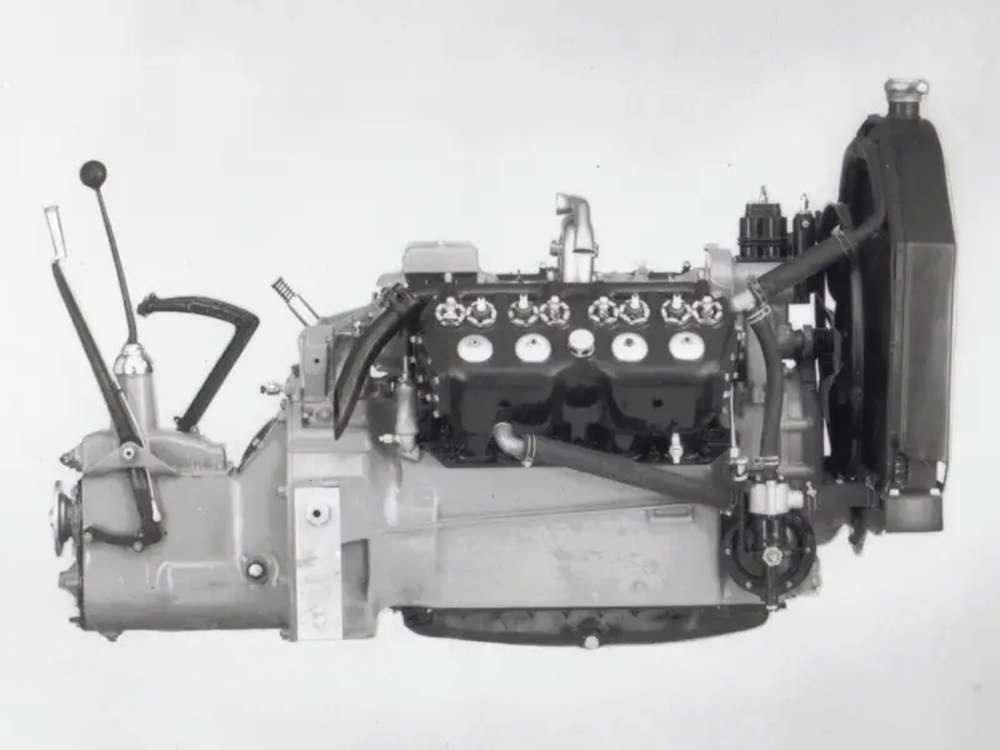
1914: Cadillac launches the first commercially successful V8. It displaces 314 cubic inches (5.15 litres) and produces 70 horsepower. It’s a mono-block design with each bank of four cylinders and its head cast together. Screw-in plugs provided access for machining valve seats and cylinder bores. A three-main-bearing crankshaft yielded smooth running, with a firing event every 90 degrees of rotation. A remarkable 13,000 cars were sold during the 1915 model year, with prices ranging from $1975 to $3600 (roughly £46,000–£84,000 in today’s dollars).
1916: Packard launches a V12 (dubbed a twin-six) making 88 horsepower from 424 cubic inches (6.95 litres).

1917: The use of aircraft in World War I spurs engine development. Packard’s Jesse Vincent and Elbert Hall of the Hall-Scott Motor Car Company design the Liberty L-12 aircraft engine in five days while locked inside a Washington, D.C., hotel room. Their SOHC V12 was inspired by existing BMW and Mercedes six-cylinder aircraft engines. The Lincoln Motor Company is founded to manufacture Liberties, with components provided by five other Detroit makers. Ultimately, more than 34,000 examples of this successful V12 are constructed for aviation use. The most common displacement is 1650 cubic inches (27 litres), yielding 400 horsepower for takeoff.
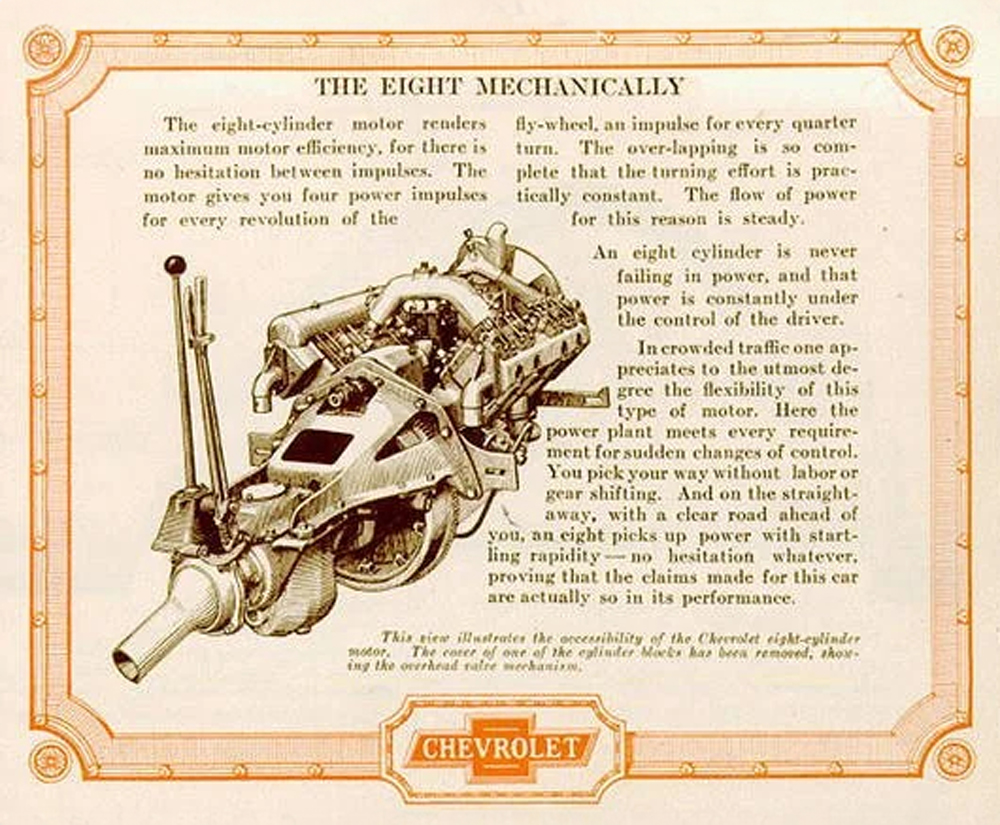
Chevrolet introduces an overhead-valve V8 producing 60 horsepower from 286 cubic inches (4.7 litres). It wasn’t a huge success, with just 3000 sold over three model years.
Our next installment will cover the period 1920–1950.
